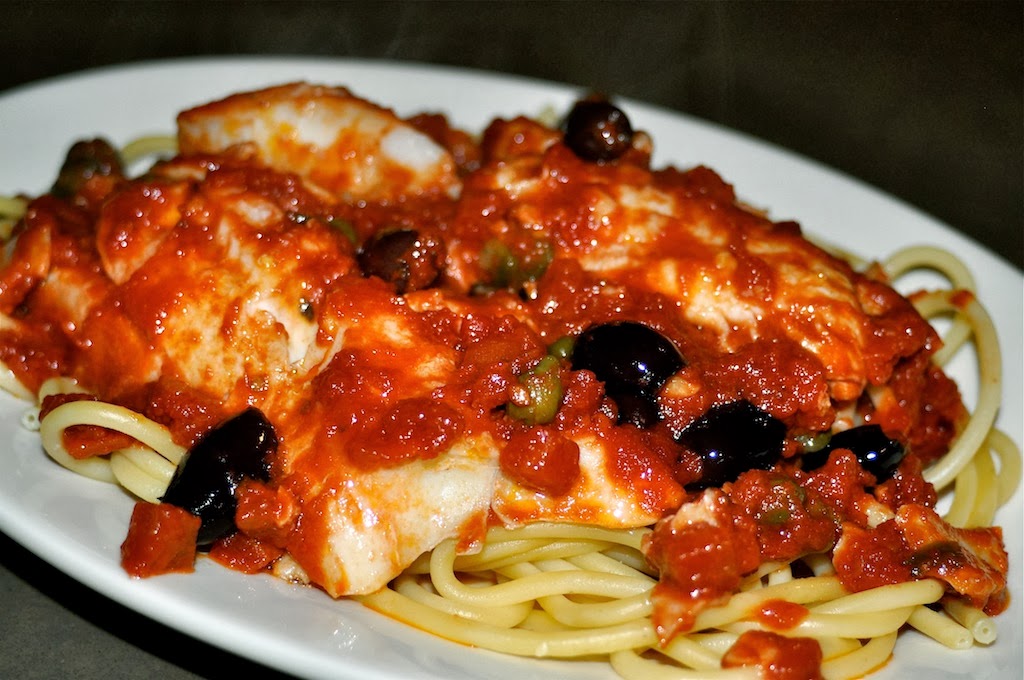A not quite ironclad tradition that My Associate and I share around the holidays is an extended (and always lovely and satisfying) lunch at The Gramercy Tavern in New York, in the bar area specifically. This past holiday was an "on" year for our tradition. Which brings us to these clams.
I had chosen them off of the menu, as an appetizer, something to accompany the bubbly that the lovely woman seated next to me was so enjoying. I did this with some trepidation, as all baked clams to me are judged against two no-less-than-stellar versions: my
Aunt Anna's and
Don Peppe's.
Anna's and the Don's are the most traditional of baked clams. The Gramercy's are certainly not that (scallops are used as an ingredient in the stuffing), but they are very, very good nonetheless.
A few days after arriving home to Maine after Christmas with the family I was dispatched to the fish market to gather a few items, among them a bunch of clams. Seems that my lunch companion at the Gramercy had taken note of how well I had enjoyed my appetizer. She had also received "
The Gramercy Tavern Cookbook" as a gift days earlier, and so, well, here we are.
Enjoy your clams. I did.
Gramercy Tavern's Baked Clams
Recipe
Reprinted from "The Gramercy Tavern Cookbook"
• 1 cup white wine
• 1 shallot, sliced, plus 3/4 cups minced shallots
• 3 garlic cloves, smashed, plus 2 tablespoons minced garlic
• 1/3 cup chopped fresh flat-leaf parsley, plus a few stems
• 20 large cherrystone clams, cleaned
• 1/4 cup olive oil
• 4 tablespoons unsalted butter
• 1 1/4 cups minced onions
• 1 1/4 cups minced leeks
• 1 1/2 tablespoons ginger, peeled and minced
• 2 teaspoons thyme leaves
• Salt and pepper
• 1 3/4 cups panko or dried breadcrumbs
• 7 ounces sea scallops, chopped
• 1 tablespoon fresh lemon juice
• 5 cups rock salt
• 1 lemon, cut into 8 wedges
1. In a large pot, bring the wine, 1 cup water, the sliced shallots, 2 of the smashed garlic cloves, and the parsley stems to a boil over high heat. Add the clams, cover the pot, and steam until they open, 6 to 8 minutes. Using a slotted spoon, transfer the clams to a large bowl and discard sediment.
2. Remove the clams from the shells and save half (10) of the shells. Cut the clams into quarters and transfer to a small bowl; cover and refrigerate. Separate the 10 reserved shells and rinse them. Strain the broth into a small container.
3. Make the filling. In a large skillet, heat 2 tablespoons of the oil and 2 tablespoons of the butter over medium-low heat. Add the onions, leeks, minced shallots, minced garlic, ginger, and 1 teaspoon of the thyme and cook until the onions are softened, 12 minutes. Reduce the heat, pour in the reserved clam broth, and simmer until the pan is almost dry. Season with salt and pepper. Transfer onion mixture to a large bowl and set aside to cool.
4. In a large skillet, heat the remaining 2 tablespoons oil and 2 tablespoons butter over medium heat. Add the panko, the remaining teaspoon of thyme, and remaining smashed garlic clove and toast, stirring constantly, until golden brown, about 4 minutes. Season with salt, discard the garlic, and transfer panko to a medium bowl.
5. To finish the filling, add the clams, scallops, chopped parsley, and lemon juice to the onion mixture, season with salt and pepper, and mix well.
6. Preheat oven to 375°F. Spread the rock salt in a large baking pan.
7. Gently pack the filling into the reserved shells. Cover the packed clams evenly with the browned panko, lightly patting to help them stick. Nestle the clams in the salt. Bake just until hot, 15 to 20 minutes. Serve with lemon wedges.


















